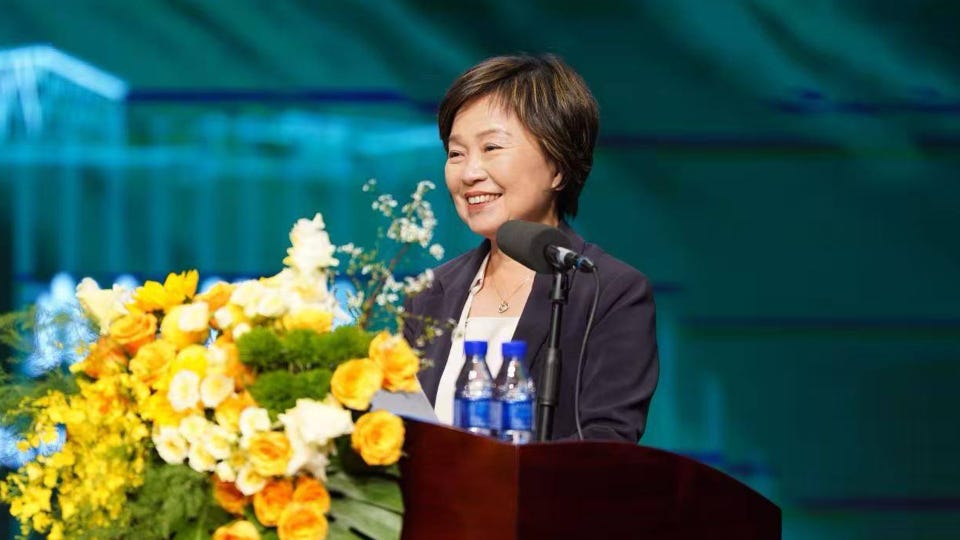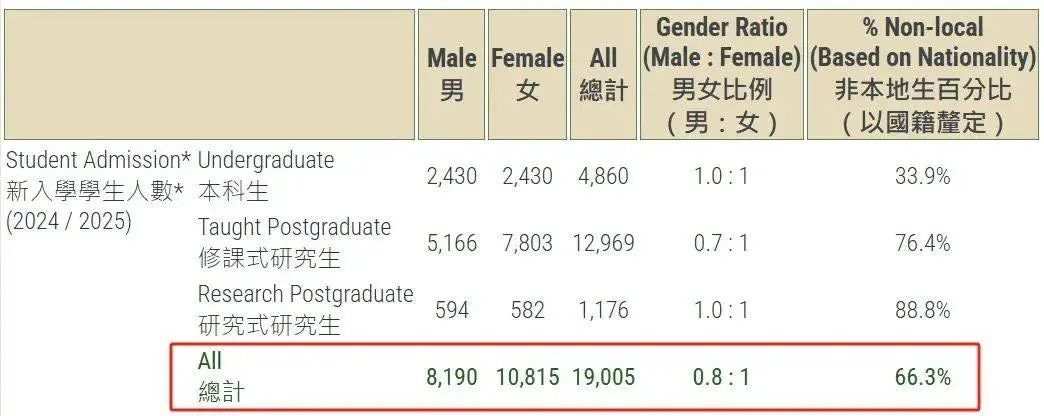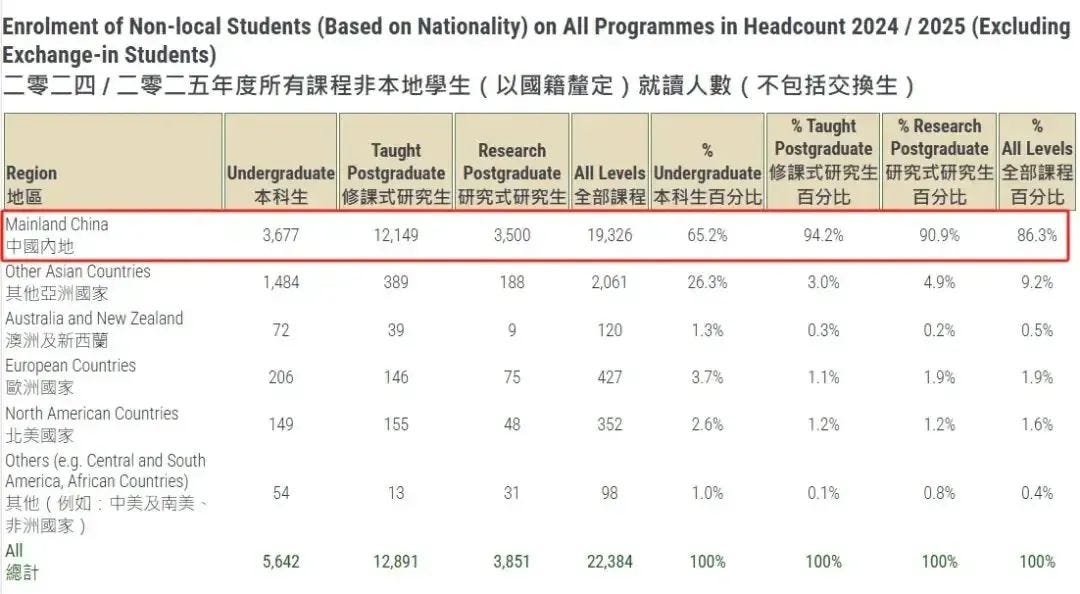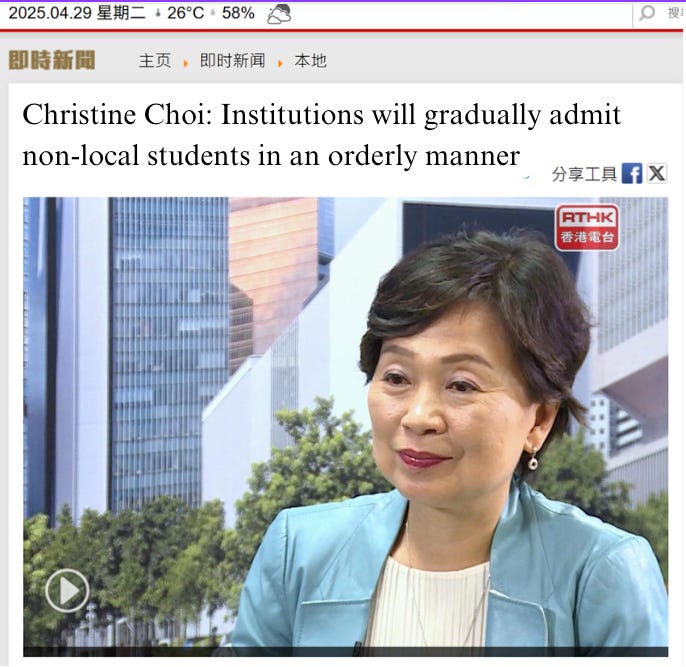Hong Kong Rises as a Top Alternative for International Students
Visa restrictions in the U.S. are pushing more students to explore Hong Kong’s growing opportunities.
As the United States tightens its visa policies, Hong Kong is quietly becoming a new choice for international students.
On April 26, during a radio interview on the program Saturday Forum, Christine Choi Yuk-lin, Secretary for Education of the Hong Kong SAR, shared that many families are now opting to send their children to Hong Kong for higher education. This shift is driven by growing uncertainties in the U.S. study environment.
Hong Kong’s strengths — an internationalized education system, a multicultural environment, and bilingual learning (Chinese and English) — are drawing more overseas students.
After raising the admission cap for non-local students to 40%, Hong Kong’s eight public universities have seen a sharp increase in international enrollments.
In the 2024/25 academic year, non-local students in UGC-funded programs rose by 15.8%, reaching 26,631 students.
At the University of Hong Kong, 66.3% of new students are non-local, with Mainland Chinese students making up 86.3% of that group.
Self-financed institutions also report strong growth, with Mainland students accounting for 62.6% at Chu Hai College.
This expansion is part of a broader, long-term strategy.
In 2023, Hong Kong’s Chief Executive announced plans to lift the non-local student quota for publicly funded universities to 40%.
The Belt and Road Scholarship program expanded from 100 to 150 places, covering 49 countries and regions.
To date, 680 students have come to Hong Kong under this program.
Beyond education, Hong Kong is strengthening its international presence in trade and business.
The Hong Kong Trade Development Council (HKTDC) reported active participation from American buyers at the Spring Electronics Fair and plans to host seven more major exhibitions this year.
While these efforts are helping Hong Kong attract global talent, rapid growth also brings new challenges.
Universities are urged to expand enrollment gradually to maintain teaching quality.
The government plans to add about 13,000 new student dormitory beds by 2027–28.
Universities are working to maintain a balanced faculty composition, with local, Mainland, and international staff currently at a 4:3:3 ratio.
Experts warn that Hong Kong must continue improving its teaching and research standards to stay competitive. They also caution against becoming overly reliant on students from a single region.
As Christine Choi noted, geopolitical factors are encouraging not only more students but also top scholars to consider Hong Kong. Some professors are leaving the U.S. and choosing to teach in Hong Kong, although universities are keeping these moves low-profile to protect academic plans.
Today, Hong Kong offers international students a new and practical alternative.
It reflects how global education choices are evolving — and how Hong Kong is positioning itself as an important part of the future.






